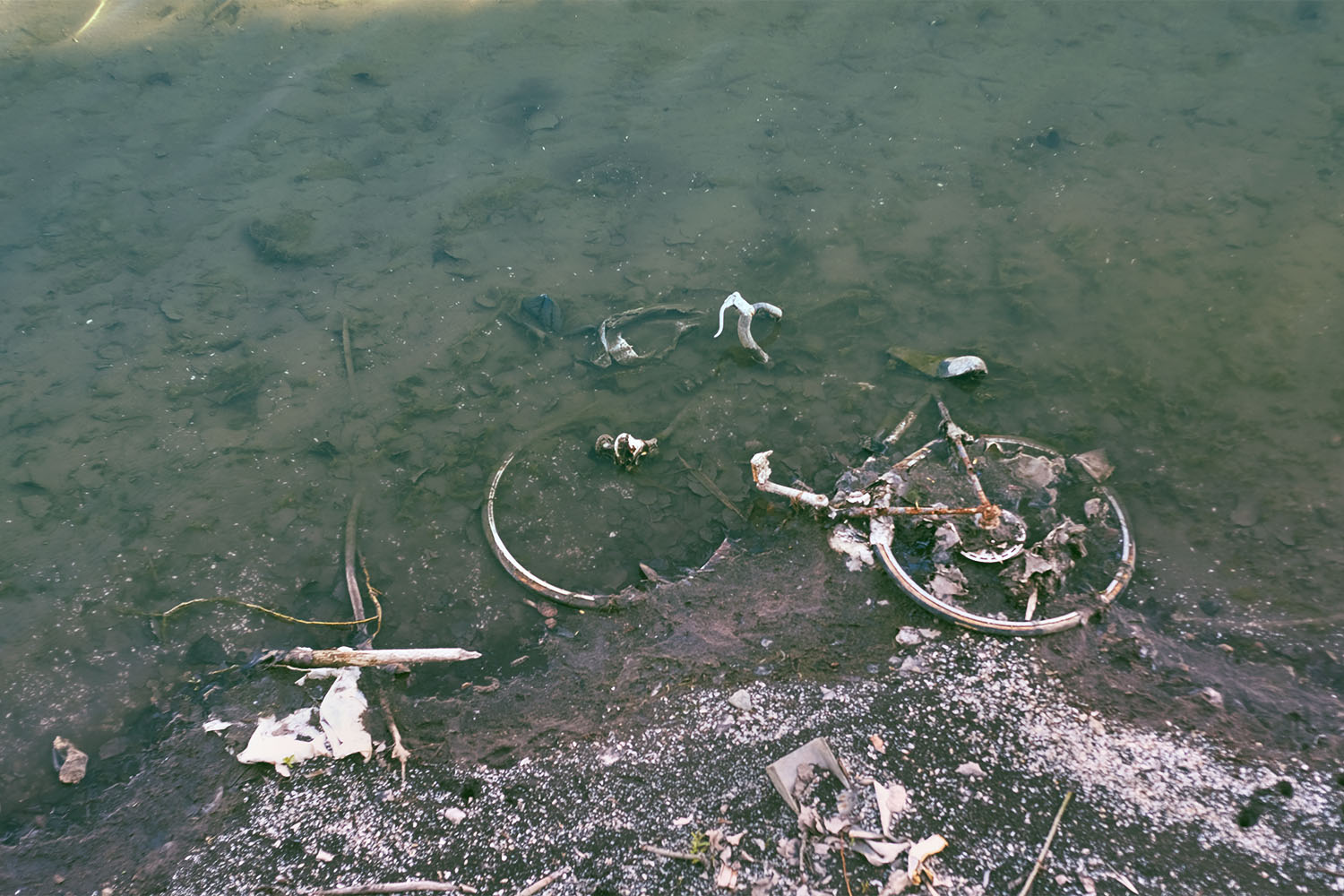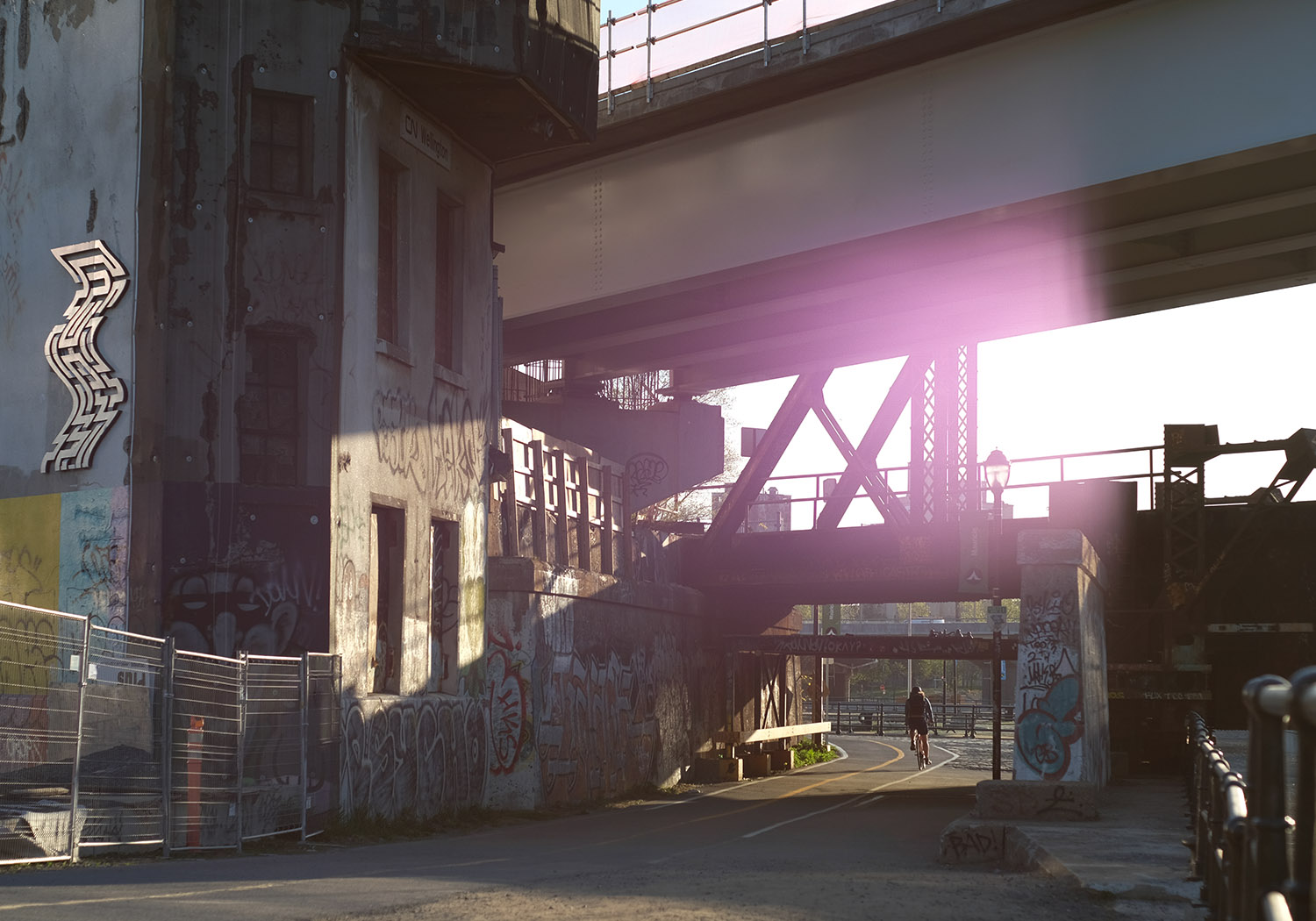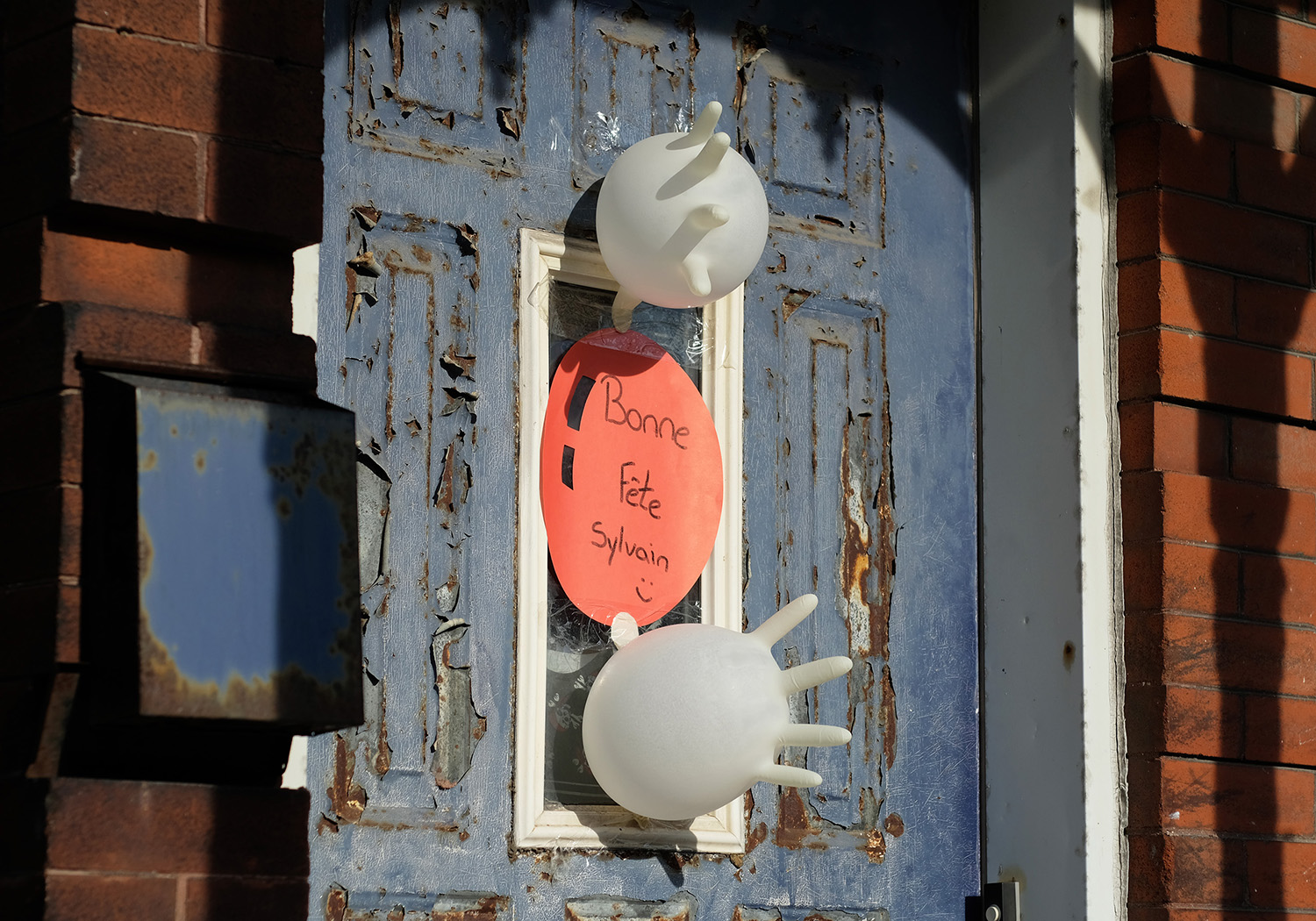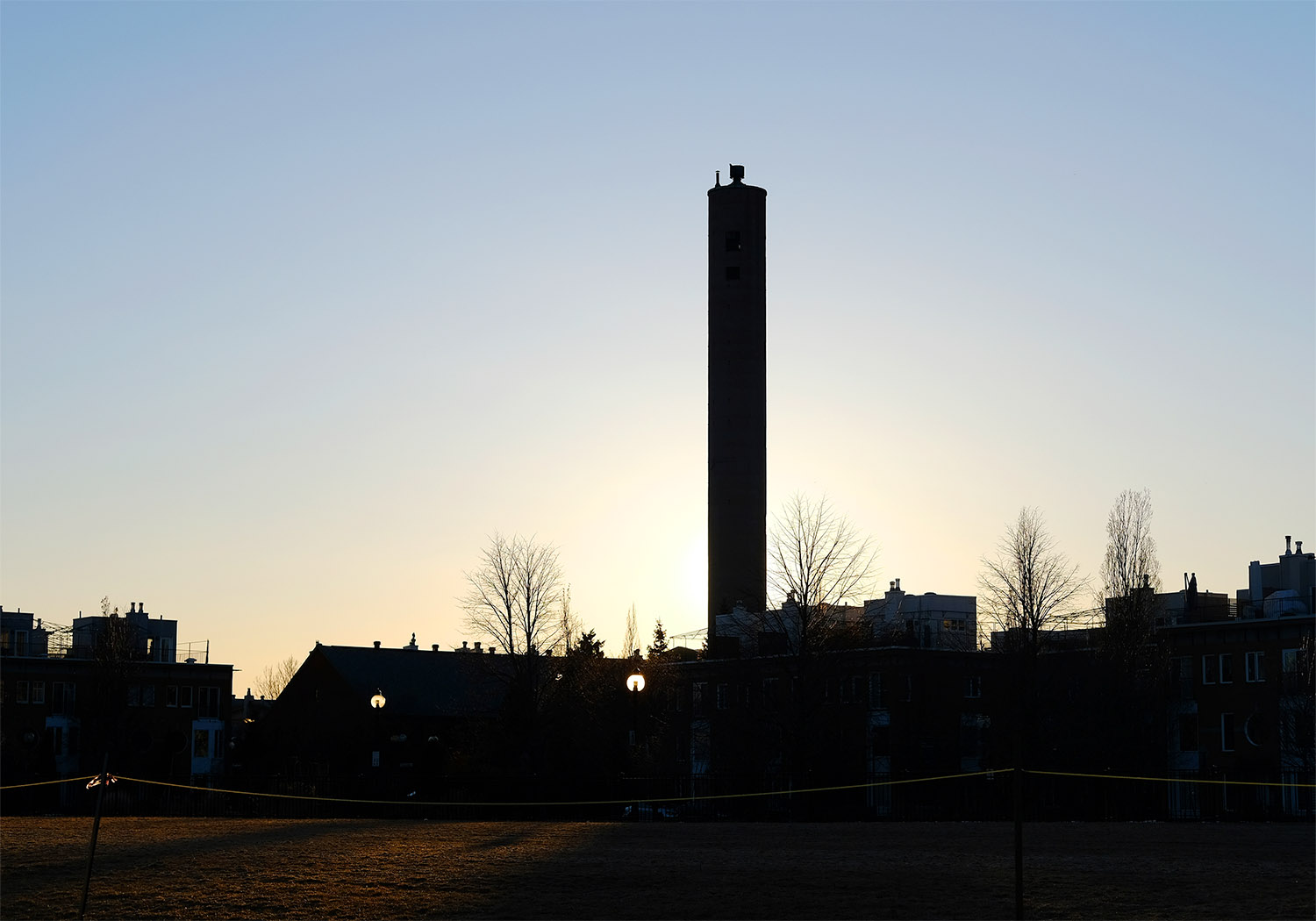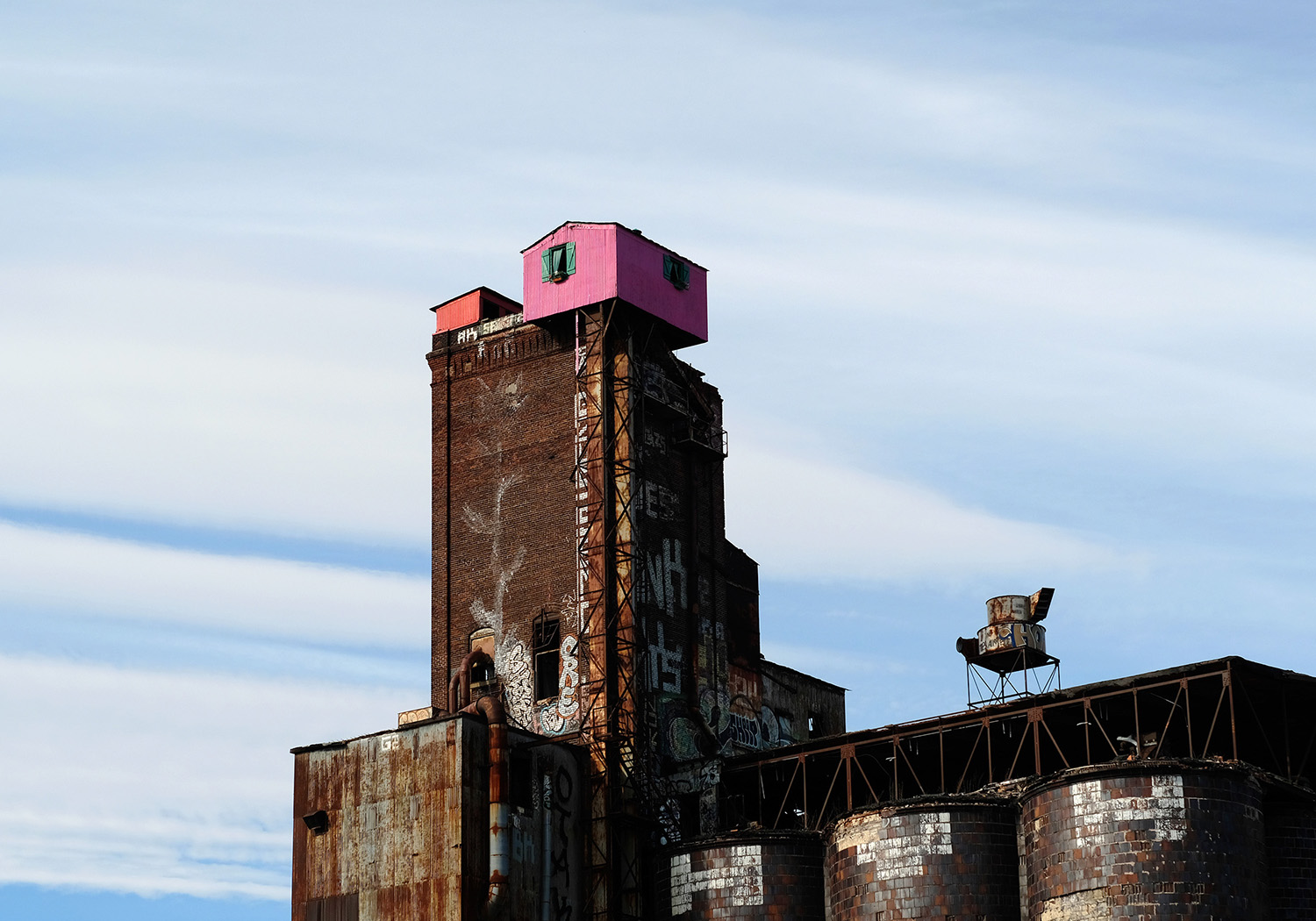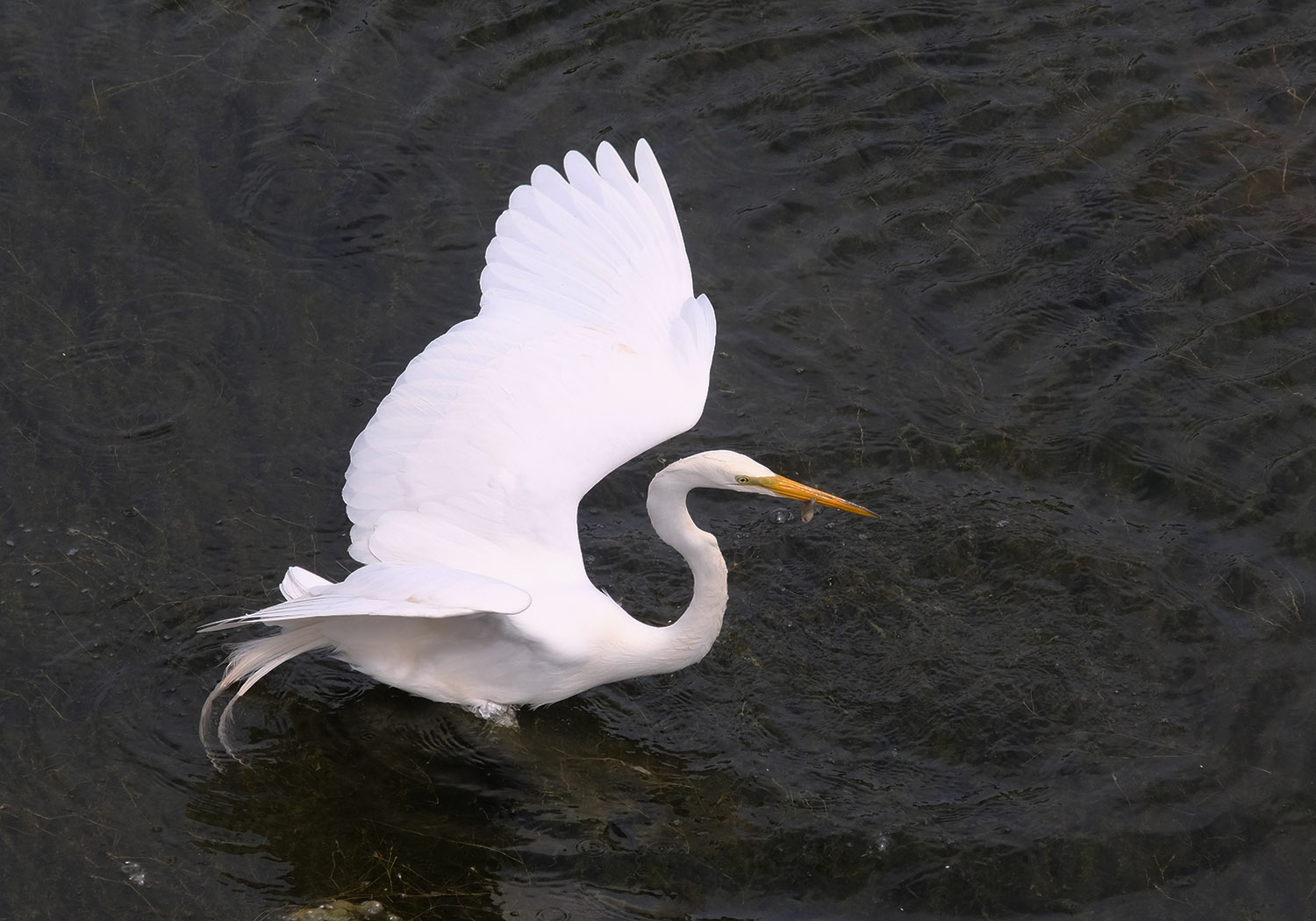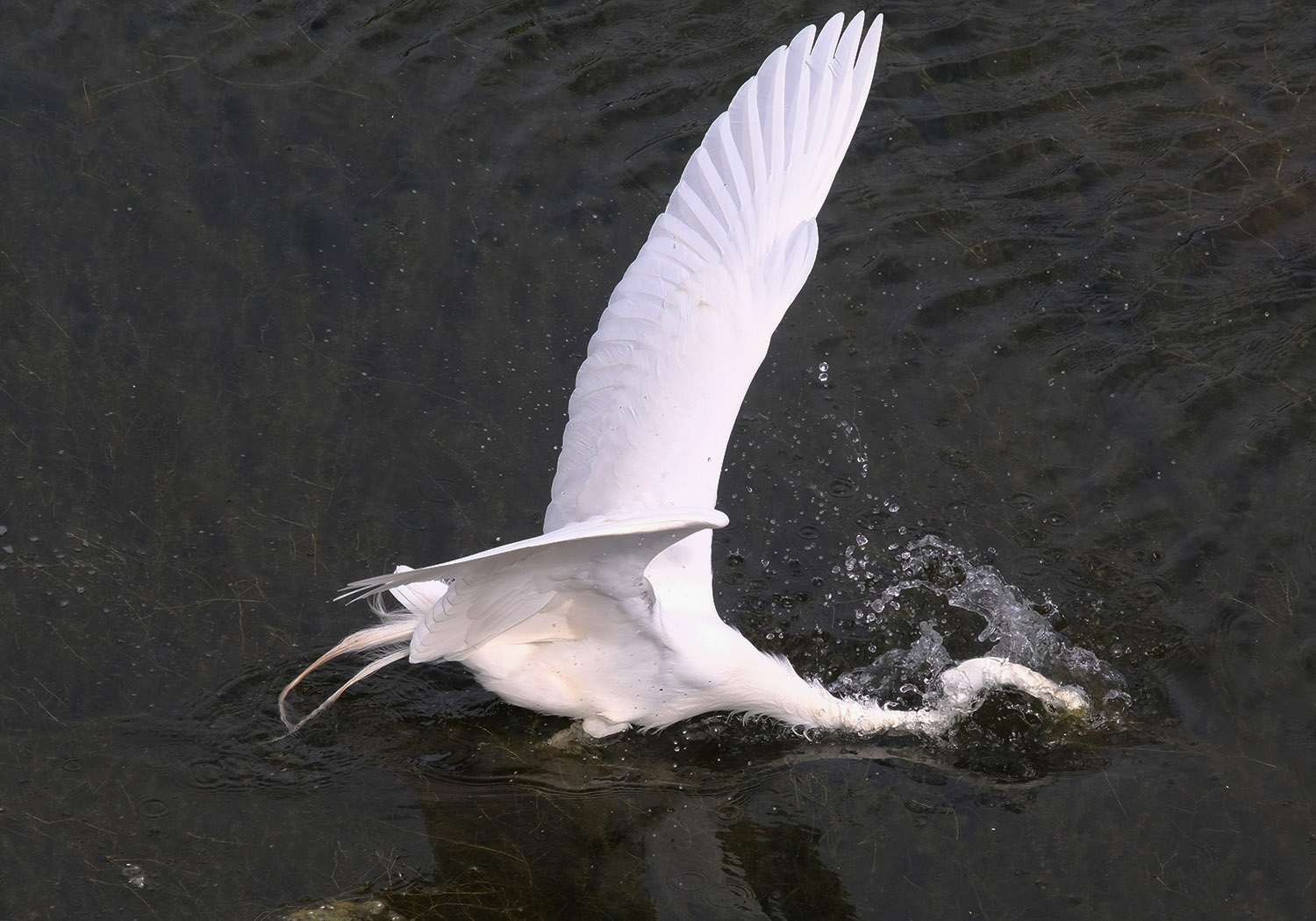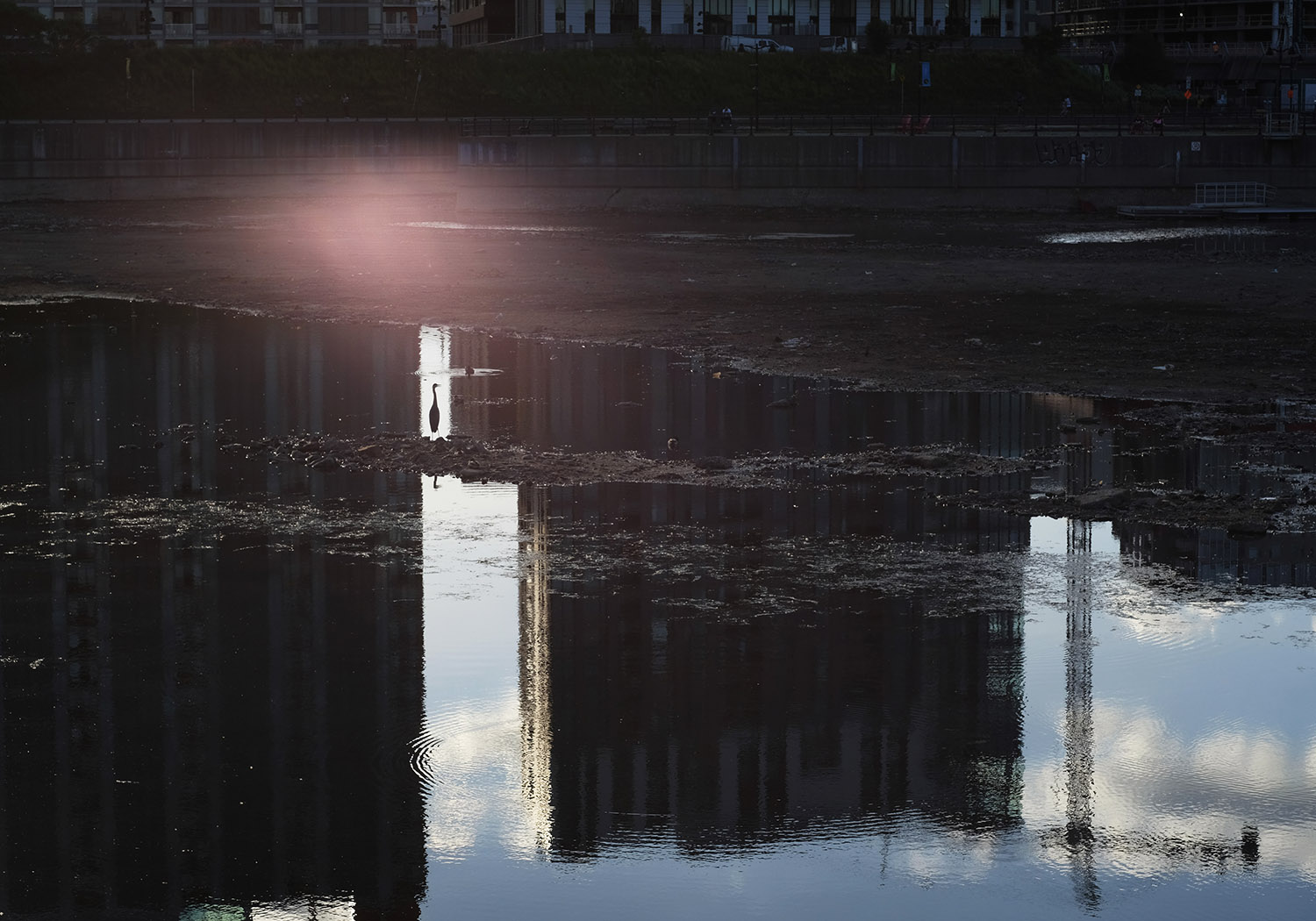A reading of the poem. Audio edited by CBC Radio Montreal.
In spring the ice on the Lachine Canal melts
into algae blooms and great blue herons. Grackles
and red-winged blackbirds warble urgent duets
with distant ambulances. Thousands of Montrealers
are drowning in their beds. I walk the canal
because I’m grateful to breathe, even through a mask,
and because it feels spacious. Less petri dish. Along the path,
freshly-dredged jumbles of crossbars and wheels
are so consumed by zebra mussels that you can barely tell
they used to be bicycles. A survivor of the virus describes
feeling as though a bag of rice was being dropped on her chest
every time she took a breath. Seagulls drop bivalve shells
on the canal’s concrete walls, where they split open
into pairs of tiny desiccated lungs. Whenever I see a single one,
I imagine its partner coughed up on the opposite side of the water.
There are nursing homes where staff have deserted en masse.
A man takes a job at one because it’s the only way
to be with his father. He sobs when describing to a reporter
“the stench of urine, feces and disinfectant.” A rainbow
is painted over its front entrance. At CHSLD Herron,
a relief nurse finds ninety-year-olds so dehydrated
they’re unable to speak, “with urine bags full to bursting.”
They bring the army in, repurpose refrigerated trucks
as morgues. Songbirds build nests with discarded masks.
I think of walking the canal as tickling the scar.
Tracing a fault line between “before” and “normal.”
There was a lake here, before it was torn
into an industrial corridor. A long blue lung.
It’s slowly healing over. You can sit on the grass
and watch herons stitch it back together
while your phone shows you horror after horror.
They’re reopening the restaurants tomorrow.



